
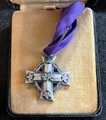

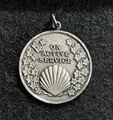
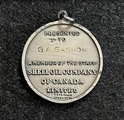
Good VF Condition $1500
Welcome to our second Vimy Militaria update of the year! This list includes some interesting Victorian campaign single medals, as well as a variety of Canadian First World War and Second World War groups and singles. Some cloth and metal insignia has been added as well, in addition an
attractive First World War portrait postcard featuring a senior officer of the Royal Canadian Regiment. As always, I encourage you to contact me directly with your wants, as I am happy to keep these on file and to contact you if something in your area of interest arrives; my active servicing of client want lists results in a large quantity of
incoming material never making it to the website, and is the reason that my updates are less frequent, so if you have not sent me your wants, please consider taking advantage of this service. Best wishes, Jim Godefroy
Please keep visiting regularly!
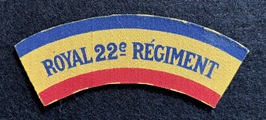 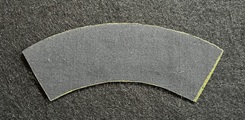 Good VF Condition $200 |
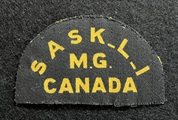 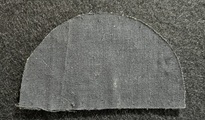 Good VF Condition $175 |
  Good VF Condition $200 |
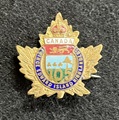 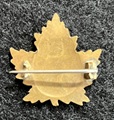 Good VF Condition $75 |
| Full Stock List | About Us | Terms of Sale | Commonwealth Medals | Militaria | Books | Research Corner | Medal Finder | Links | Home |